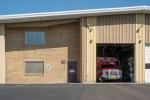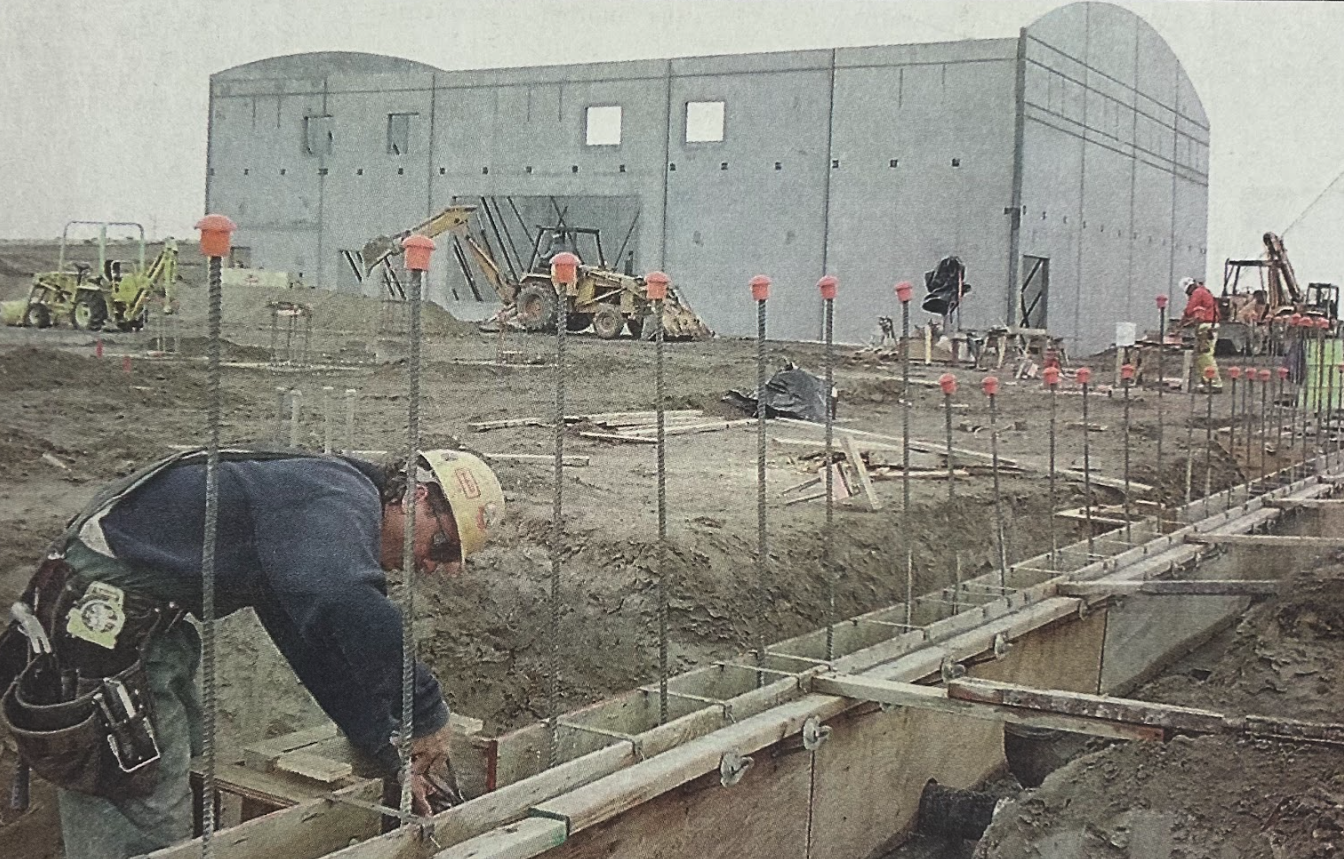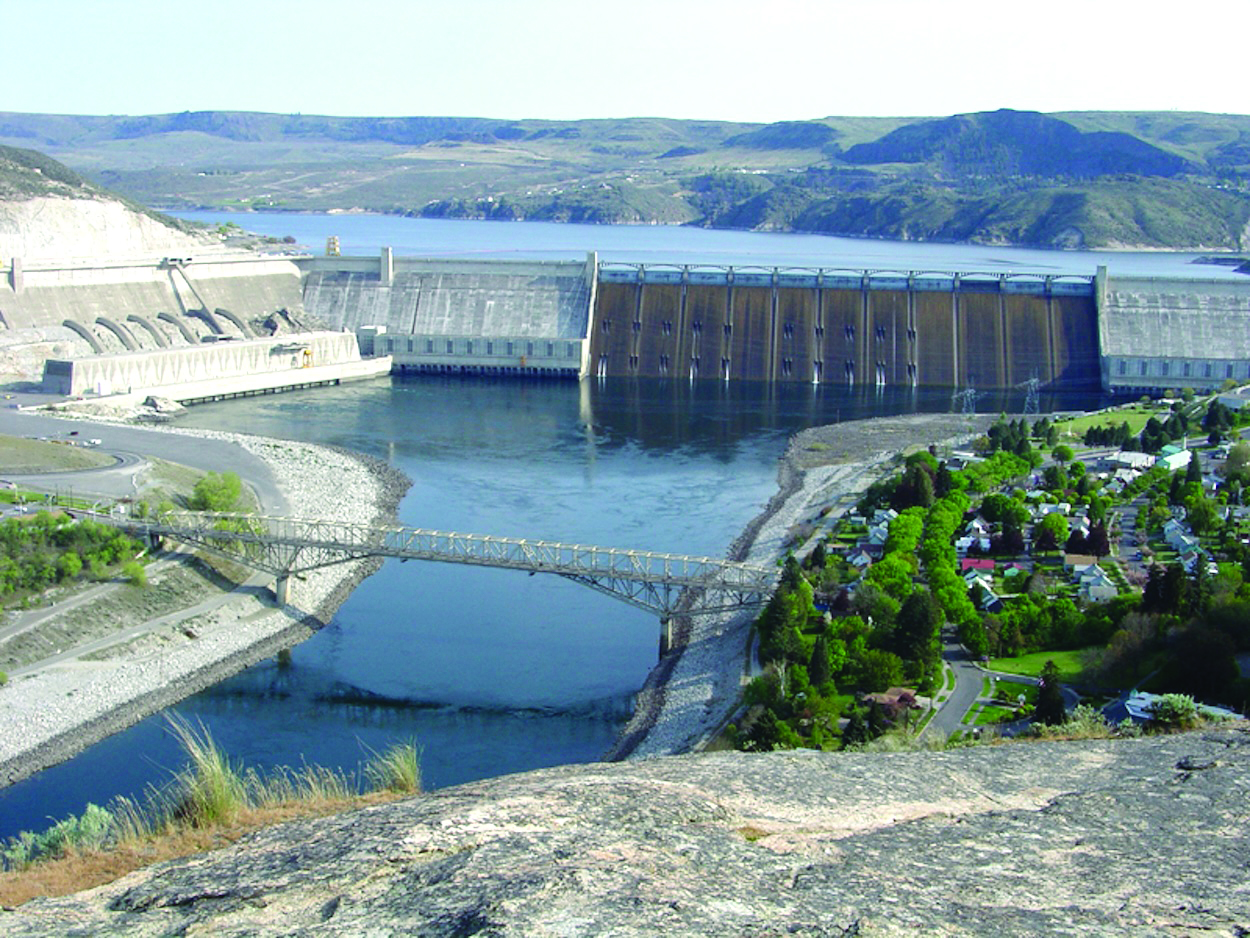Inadequate for the job
Published 11:00 pm Sunday, June 15, 2025





Pendleton’s Fire Station No. 2 is getting seismic upgrades but has a number of critical shortcomings for modern era
PENDLETON — Fire Station No. 1 in Pendleton operates with updated equipment and full crews at 1455 SE Court Ave. ready to respond at a moment’s notice. But the city’s Fire Station No. 2 at 1200 Southgate faces challenges tied to outdated infrastructure.
The city opened the second station in 1972 in response to a fire that claimed the lives of a few children. At the time, only Station No. 1 was in operation, then at the corner of Northwest 10th Street and Court Avenue. A passing train delayed the response from the station, preventing crews from reaching the scene in time.
In the aftermath, the community pushed for a second station to ensure faster response times for the Southgate area.
The Southgate station was originally built to house a two-person crew of firefighter-paramedics around the clock. Since then, staffing has increased, creating a need for more space to accommodate additional personnel and provide separate areas for men and women.
In contrast, the city shut down and sold the building that was the original station and reopened Station No. 1 in 2019 on Southeast Court Avenue. The modern station accommodates a larger, more diverse staff, including separate facilities for men and women.
The city, however, has not updated Fire Station No. 2.
Responding amid growing strain
Pendleton Fire and Ambulance Capt. Jared Uselman, president of the Pendleton Professional Firefighters Local 2296, said day-to-day emergency response operations have changed over the past decade.
“With our staffing increase, we’re now able to staff three people here on a minimum day and four on a full day,” he said. “When there were just two people, it was a jump crew — and it still is — which means the crew includes two or three staff members who operate the engine, the ambulance and the brush truck, but they can only take one vehicle at a time.”
That means only one vehicle can respond at a time. This limitation becomes more critical as emergency calls continue to rise.
Uselman said system demands and call volume have reached a point where long-standing issues are no longer easy to ignore. In 1990, the department had 21 paid staff members and responded to about 1,200 calls per year. For 2025, that number is expected to rise to 24 staff members handling between 4,500 and 5,000 calls — a dramatic increase in workload with minimal growth in staffing.
The department’s staffing shortage makes it increasingly difficult to manage the growing workload, with each firefighter taking on more responsibilities and fewer personnel to share the burden, Uselman said.
That imbalance affects service delivery at Station No. 2 on Southgate, which lacks the resources of Station No. 1.
“The citizens on this side of the city may not get the same service delivery as the citizens of Pendleton on the other side of the freeway,” Uselman said.
Pendleton Fire Chief Tony Pierotti emphasized the department’s limitations, pointing out it has four firefighters at Station No. 1 and three at Station No. 2 for a total of three units.
“Each unit requires two people,” Pierotti said. “The medic truck takes two people, the engine takes two people, so even with three additional staff members, a new unit hasn’t been added.”
Station No. 2 operates with one unit while Station No. 1 has two units.
Although two units at Station No. 1 may seem adequate, Uselman said that’s the bare minimum staffing level. While the department focuses on staffing medic units — since 85% to 90% of call volume involves emergency medical services — a two-person crew for a fire engine falls below industry standards. The minimum standard is a three-person crew for fire engines.
“ We are far below industry standard for what we staff our fire apparatus with,” Uselman said. “We are under equipped in every way possible for fire response.”
Updating for men and women
Uselman walked through the dorm room on the second floor of Station No. 2 alongside Pierotti. The space offered little privacy, with only tall gray dividers separating the beds. Gym equipment was pushed into a corner to allow quicker access to the locker area during emergency calls, but with four beds and the weights crammed into one room, the space is crowded.
Pierotti said many firefighters experience post-traumatic stress disorder because of what they see, hear and endure on the job, and it’s vital they have space to decompress afterward.
“If you have a bad call and just need a moment alone to process it, there really isn’t a place to go,” Pierotti said. “You might find yourself behind a cubicle wall, but someone could be working out next to you or walking by. There’s no real space to decompress here.”
To the right of the room are lockers for the firefighters there for 48-hour shifts. Beyond the locker area is a bathroom with two shower heads upstairs, while the downstairs area has just a half bathroom with no shower.
Pierotti said after battling a fire, the single shower becomes an issue, as firefighters must scrub off carcinogens within a one-hour window to reduce their cancer risk. When male and female firefighters return to the station, one often has to wait for the other to finish using the shower, delaying decontamination.
“After a fire for safety reasons, we advocate that you come and shower right away because cancer risks are huge for firefighters,” Pierottis said. “And at this point, if we have a female firefighter working here, it’s a big problem. Someone has to wait.”
While standing in the bathroom, Uselman acknowledged the fire service has historically been male-dominated but is becoming more diverse, particularly with a growing number of female employees. However, he noted the space isn’t adequate for female accommodations or for the current number of personnel.
Uselman emphasized fire rescue teams live at the station for 48-hour shifts, which makes the quality of their living conditions critically important.
“If someone lived in an unfurnished home for 48 hours at a time, it would eventually affect their family life — and that stress would carry over into their work life,” he said.
He added that poor accommodations can impact firefighters’ ability to rest, stay mentally engaged and maintain basic self-care, including hygiene.
“The ability to serve the community is enhanced by better living conditions,” Uselman said. “These firefighters have their families at home and their families on shift. They live with both every week.”
Station faces funding gap
Business Oregon in May 2024 awarded Pendleton a $2.5 million Seismic Rehabilitation Grant to upgrade Fire Station No. 2. The money will help bring the building up to code, but Pierotti said more funding is needed to match the resources at Station No. 1
To fully overhaul the building, Pierotti said plans include six private sleeping quarters upstairs and separate bathroom facilities. The new layout would add two full bathrooms on the upper floor and another on the ground level.
“I’m trying to find extra money to upgrade the rooms and bathrooms,” he said. “Those rooms will give people a space to retreat to when they need it. It’ll provide privacy, help them sleep better compared to the open dorm setup, and support overall health. It also makes it easier for firefighters to clean up after calls, which is especially important when it comes to reducing cancer risks.”
“We realized we’re behind the eight ball and need to start expanding the system,” Pierotti said. “That’s why we’re here — because of the seismic grant — but that’s just one part of it. We need the infrastructure and facilities in place to add personnel and meet the growing demand for service.”
Uselman said the department has dedicated members who are doing everything they can with the resources available, but the situation is reaching a tipping point.
“With the current personnel and accommodations, it’s unclear how long they’ll be able to meet the growing service delivery demands,” he said.
Station No. 1 primarily serves the northern part of Pendleton, and Station No. 1 the southern area. Uselman stressed there’s no reason one side of town should have a greater capacity to provide protection and services than the other.
“We want to ensure an even distribution of resources, so we can staff the same number of apparatus on the south side as we do on the north,” Uselman said.
Construction on Station No. 2 is scheduled to begin in May 2026. In the meantime, Pierotti plans to meet with city officials to discuss the funding gap and host community nights where residents can meet firefighters and learn more about the station.











